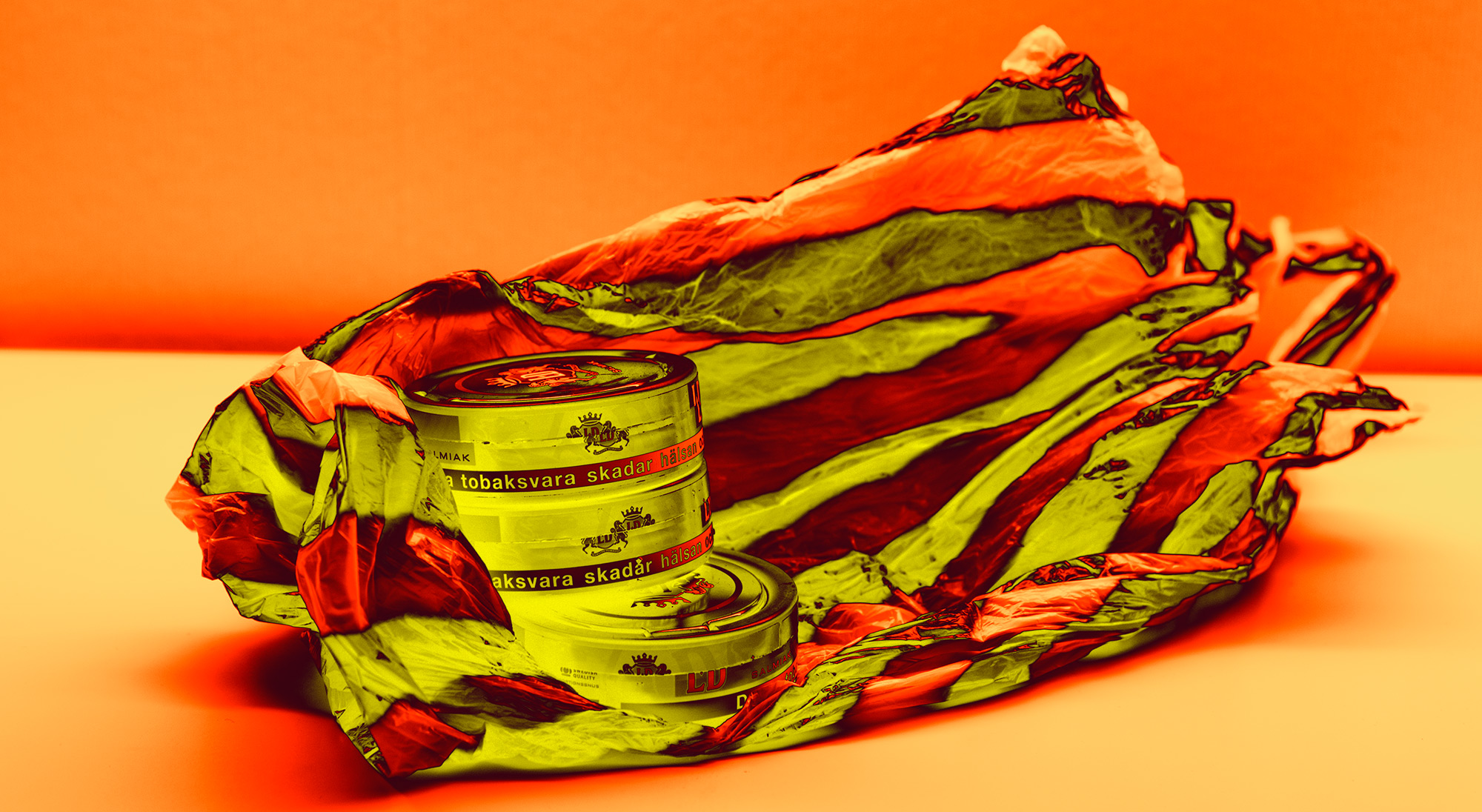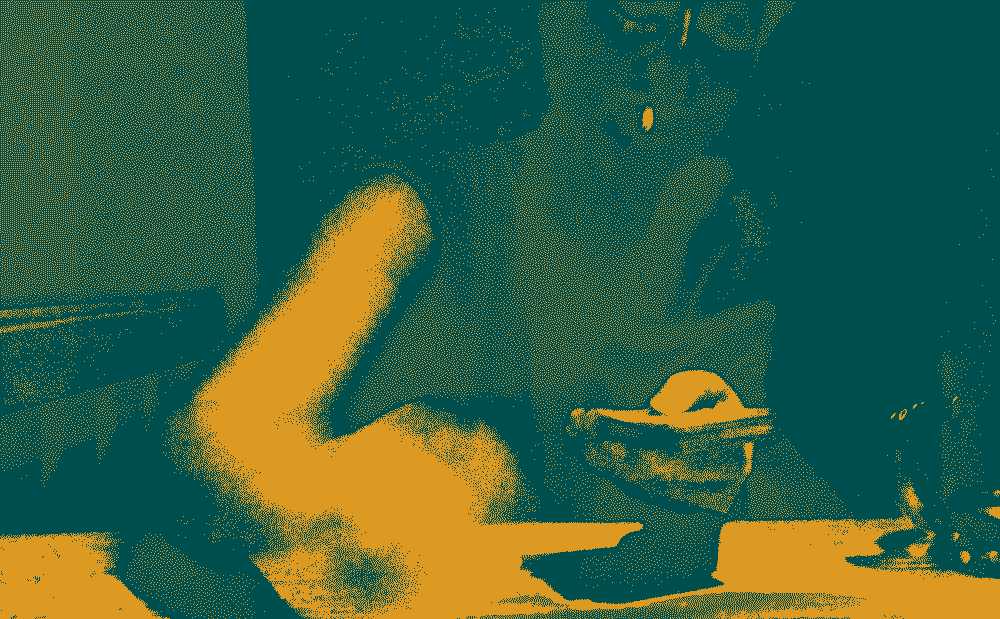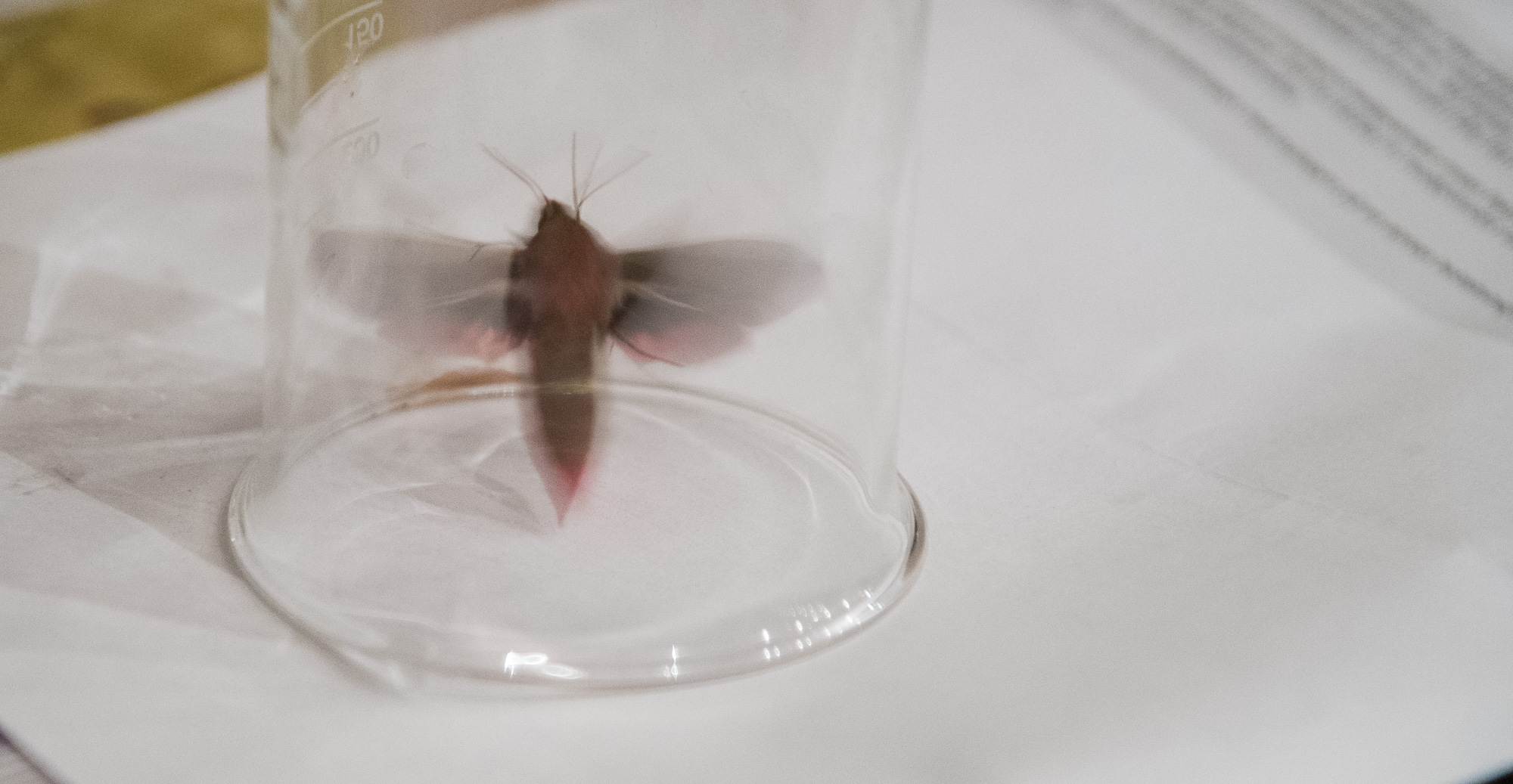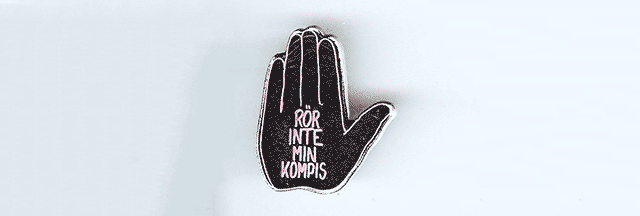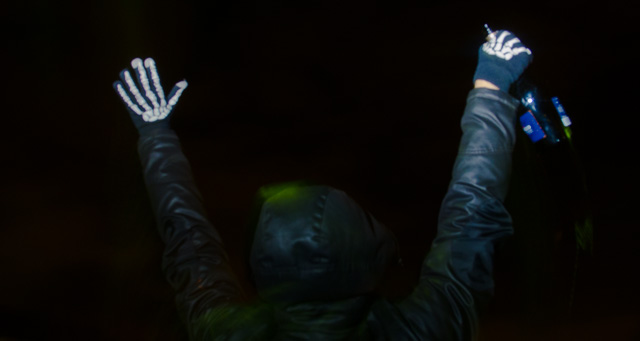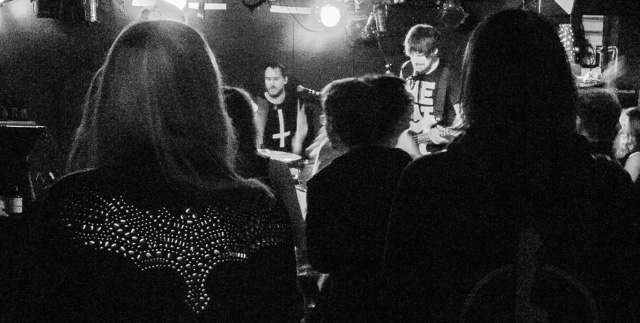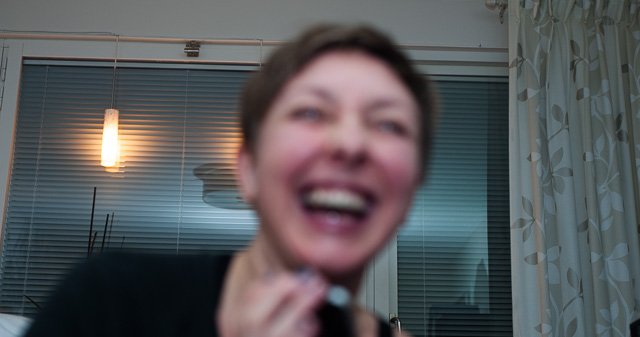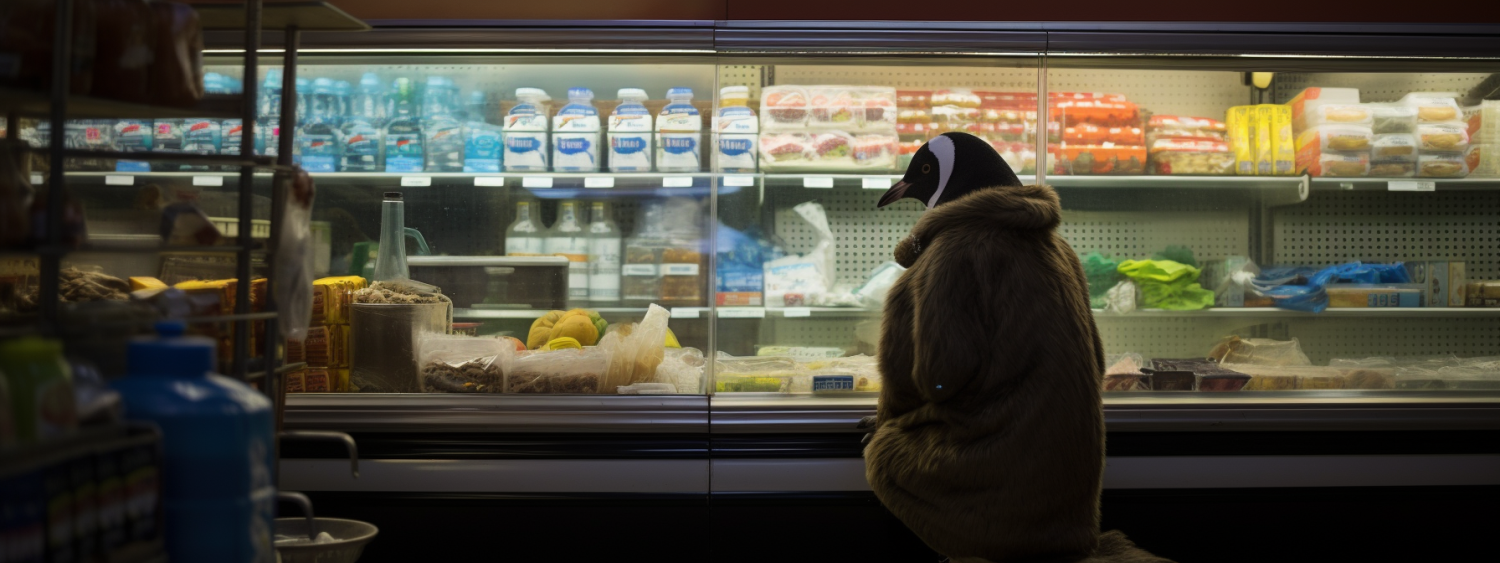
My first internship at RISE is coming to an end, and with that I’m going back to school for two more courses this year – before heading out for a 16 week intership somewhere (Suggestions? Hit me up!). In additon to doing full time at ITHS, I’ve been doing a bunch of courses at IxDF, and studying AI and applied design at Borås Univeristy. While at the same time trying to have a life, which has proven to be a bit stressfull.
I’m thinking a lot about what my place is in the whole “design ecology” – what do I enjoy doing, and what can I reasonably get paid for? I know that I’d like to end up in a creative team where we help each other be awesome and solve difficult problems for real people and dazzle others with out brilliance, but I have a way to go before I’m there. So I end up reading stuff written by people more clever and experienced than I, and I try to figure out what it’s all about. And since I have Some Thoughts™️ I figured I might as well post it here for others (and myself, later) to read.
It’s tempting to think that audiences are coming to our content with the basic skills needed to comprehend and interpret it. That may simply not be the case. Part of “consider[ing] your content from your user’s perspective” is understanding what reading skills the user brings to the equation and writing to accommodate them.
Contents Magazine, Angela Colter: The audience you didn’t know you had
According to Colters article above, around half of the population of the USA has low or very low literacy skills. I spent a couple minutes searching for Swedish statistics, but could only find trend-pieces on reading habits among kids.
Design takeaway: Make sure that text in your text is easy to scan and understand. If you have reasons to be more obscure, have a clear goal and be aware of that you’re potentially excluding users. Useful tool: LIX calculator (then again, readability calculators might not be all that reliable)
And them we have colour blindness as a visual design problem which in turn causes cognitive load.
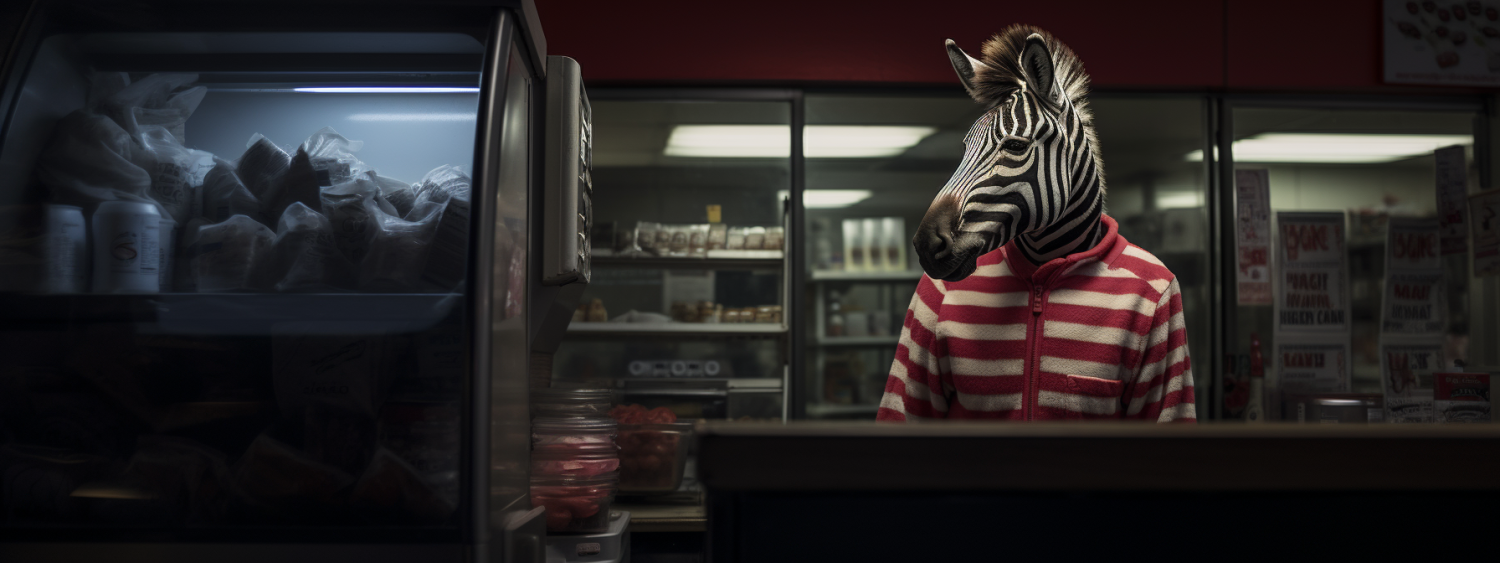
In design, both in the digital and physical worlds, color should never be the sole indicator of meaning. A simple test: if your work was converted to grayscale, would it still be usable?
Andy Baio: Chasing rainbows
Try to imagine a vast field of one color in your mind. No other colors. No other words. No other thoughts. No connotations. No connections. No anything except for that one color. You can’t do it. You seriously CAN’T do it. The human brain does not allow you to do it. It does not work. It simply does not.
Hoot design company: Color Psychology is Bullsh*t
We’ve covered colour psychology very briefly at the UX Design course at ITHS, and the idea that certain colours have certain meaning irks me no end. It’s a reductionist view of how colours and perception works, and it’s just plain dumb. “Red means action” and “blue inspires confidence.” It’s like crystal therapy for the aesthetically challenged – “ooh, this mauve will inspire romance.”
The same goes for the ITHS classes we’ve had on typography, where we suddenly abandon concepts such as “testing legibility” in favour of “the golden ratio should decide line height.” I understand that you have to convince those paying you that the two days you spent fiddling with the typography weren’t wasted, but refering to some obscure magic incantation passed down from Gutenberg will bite on the ass once you’re asked “but why can’t we just get the AI to do it?”

John Denver learned the biggest lesson of all, even if he only had a few seconds to appreciate it: Let the User Beware! And, indeed, the NTSB, as per its long history of setting aside findings, human factors or otherwise, that might conflict with a verdict of pilot error, ruled that the responsibility for this crash lay with the pilot. The interface was relegated to a mere “factor.” Had John Denver fueled his aircraft in spite of evidence indicating he had sufficient fuel, had he somehow managed to thoroughly familiarize himself with the idiosyncrasies of this uniquely-assembled experimental aircraft sans manual, he would be alive and well today.
Bruce Tognazzini: When Interfaces Kill: What Really Happened to John Denver
And these are the kind of stories that get retold by old-timers in the Human Computer Interface / User Centered Design / UX field. The stories that tell us that people are too often blamed for what should be blamed on poor design and the business practices that allow it.
Retold in a more modern way, the deaths caused by poor design are today more likely to be the result of dark patterns, uncaring machine learning or just general “death by a thousand cuts.”
Related book recommendation: Kate Swindler: Life and Death Design. Swindler describes some considerations of designing for people under stress. The book is a good starting place with many references to original research, but it’s a bit thin on the design aspect. Knowing the physical and psychological consequences of a flight-fight-freeze respons is good, but I’d like to have seen more process specific examples.
Despite that it’s a good primer and I’d recomend it to others who (like I) have limited experience in thinking and working with this. If we could consider stress responses as temporary handicaps which we need to take into account when designing, it would be a benefit to all.
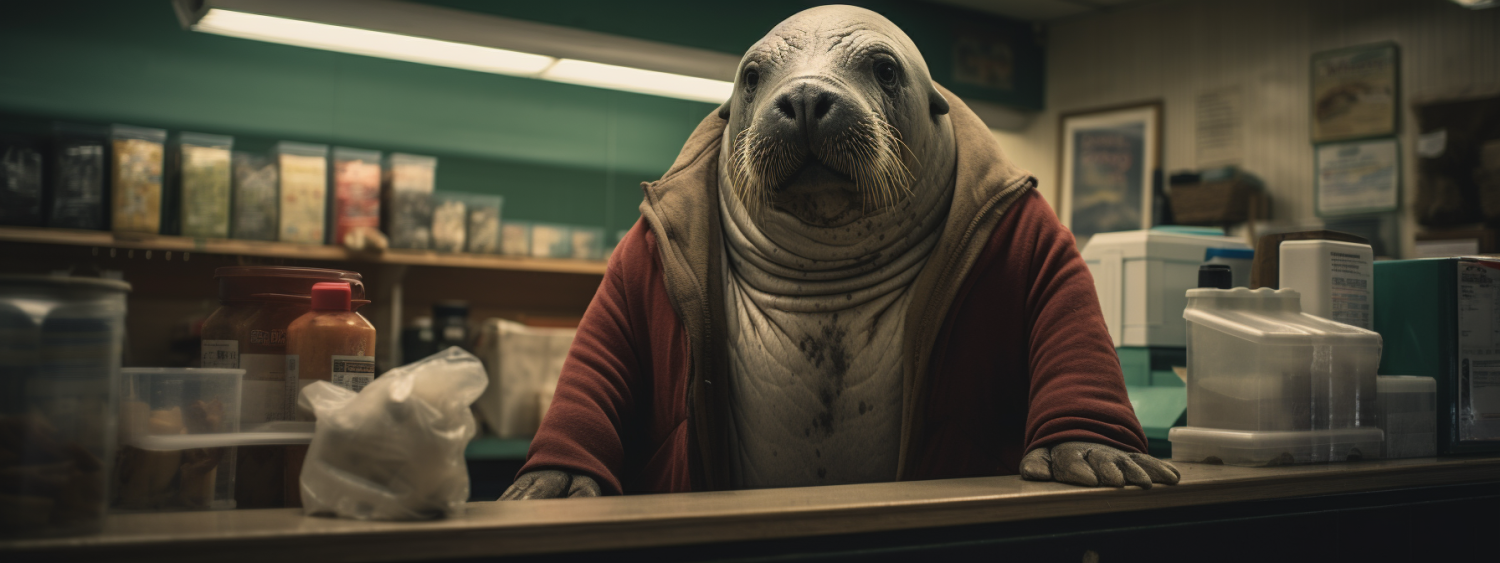
Years in, “innovation theater”— checking a series of boxes without implementing meaningful shifts — had become endemic in corporate settings, while a number of social-impact initiatives highlighted in case studies struggled to get beyond pilot projects.
Rebecca Ackermann: Design thinking was supposed to fix the world. Where did it go wrong?
Ackermanns article is interesting as it’s taking to task the too-naive approach to all problems that IDEO et.al occasionally present. It struck me as I was listening to a conversation with Tim Brown the other day (one of the head honchos at IDEO), when he was somewhat contrite about having spent so many years of his professional life “designing and bringing about landfills” – and now he wants to make a better impact on the world (viz. environmental issues).
Much like Don Norman is now focusing on “design for a sustainable world,” to my ears they ignore that any ambition to take on these huge global issues will run afoul of realpolitik – it’s not because of poor design decitions that we have global warming; it’s because there are exceptionelly rich and vested interests in whose interest it is not to prioritize the public good. And I don’t know how to have a discussion about “making the world better” without at least acknowledging the power dynamics.
When the thing that propels a career, animates hobbies, and becomes a mode of communication are the all same, there are drawbacks. For one, my sense of worth and accomplishment is less diverse. When the market, the end users, my friends, or my family don’t appreciate or acknowledge when I show them I love them, it can hurt. I’ll admit it. It is easy to feel like I don’t matter. But then, I have always been sensitive. I am working on that. I am also getting a lot of opportunities to practice.
T. Robert Roeth: When you start to doubt yourself, design from the inside out
A well written essay on self-doubt and a creative career. It resonated quite a lot with how I think of myself as a human and artists, and I imagine that it’ll stay relevant now that I’m moving into UX Design. Robert writes about how he overcompensated in his work in order to increase both his financial worth and self-worth, but felt like he was faking it and failing at adulting.
Trying to identify what it is that makes you tick, and what parts of you that you should cultivate rather than prune, is a struggle for us neurotic types. I don’t expect that it’ll get easier once I start working in the design field, but I’m trying to prepare – and reading essays on similar issues is a comfort.

